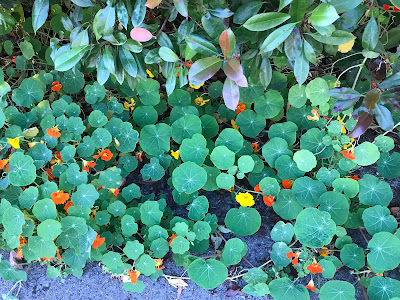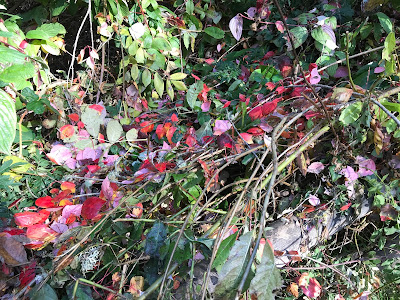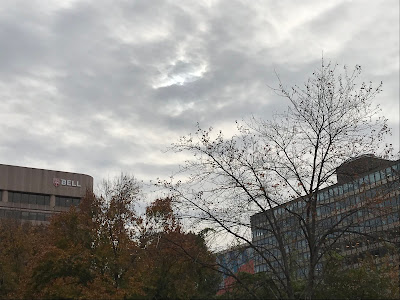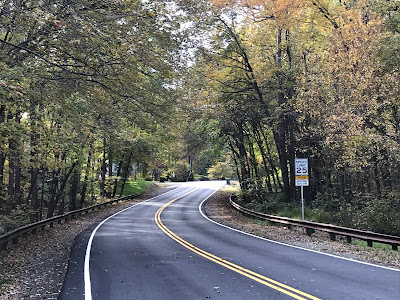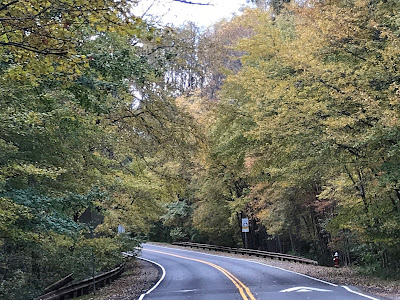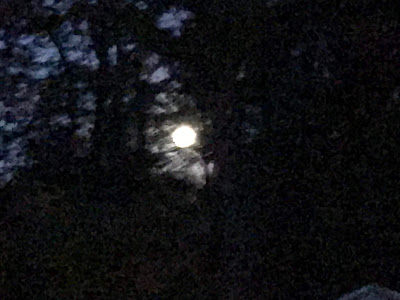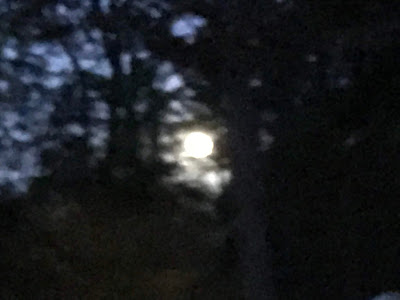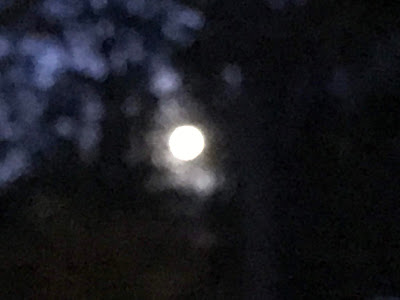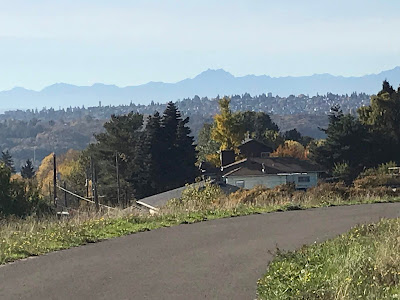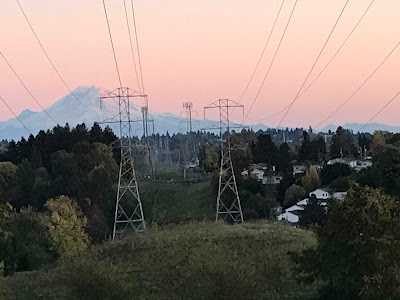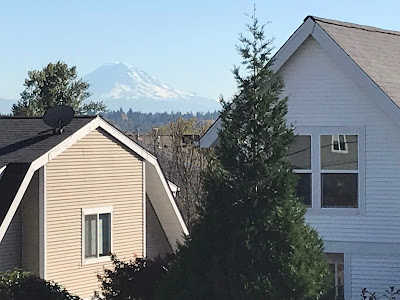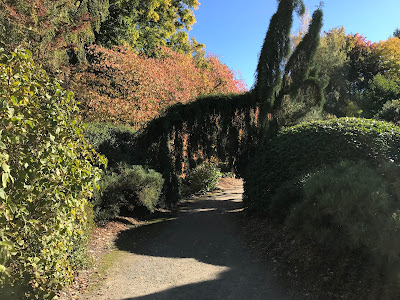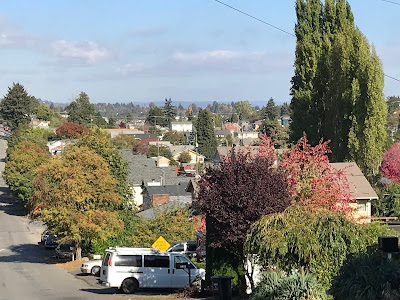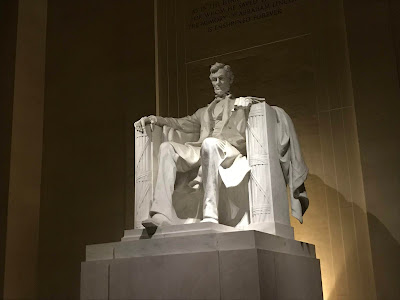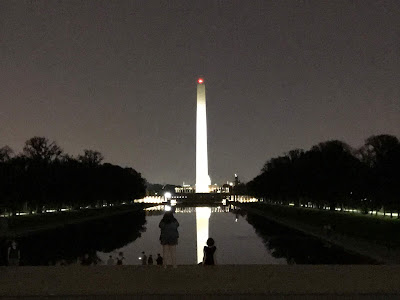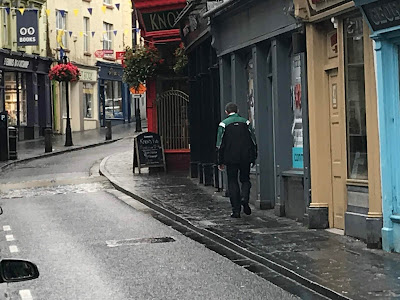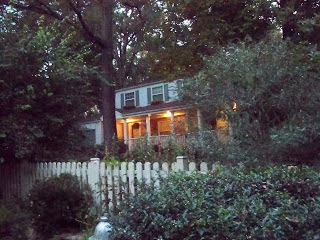To Long Bridge and Back
I finally hit the neighborhood streets yesterday for my first fast walk in almost two weeks. In part it was the trip that made walking time scarce … but this time of year it’s also lack of light.
As we approach the shortest day, I look for times to slip away and pound the pavement. When I work at home, I can work in a stretch at lunch time, but when I’m at the office, it’s a quick walk to Long Bridge Park and back.
It’s actually a pleasant stroll. Not enough time to work up a full head of steam, but enough to stretch the legs and clear the head.
This time of year the sidewalk is often empty, especially if the temps are below 40 and there’s a brisk wind.
And with Bach in my ears and a pile of work waiting back at my desk, I make the minutes count.
To Long Bridge and back. It’ll do.

